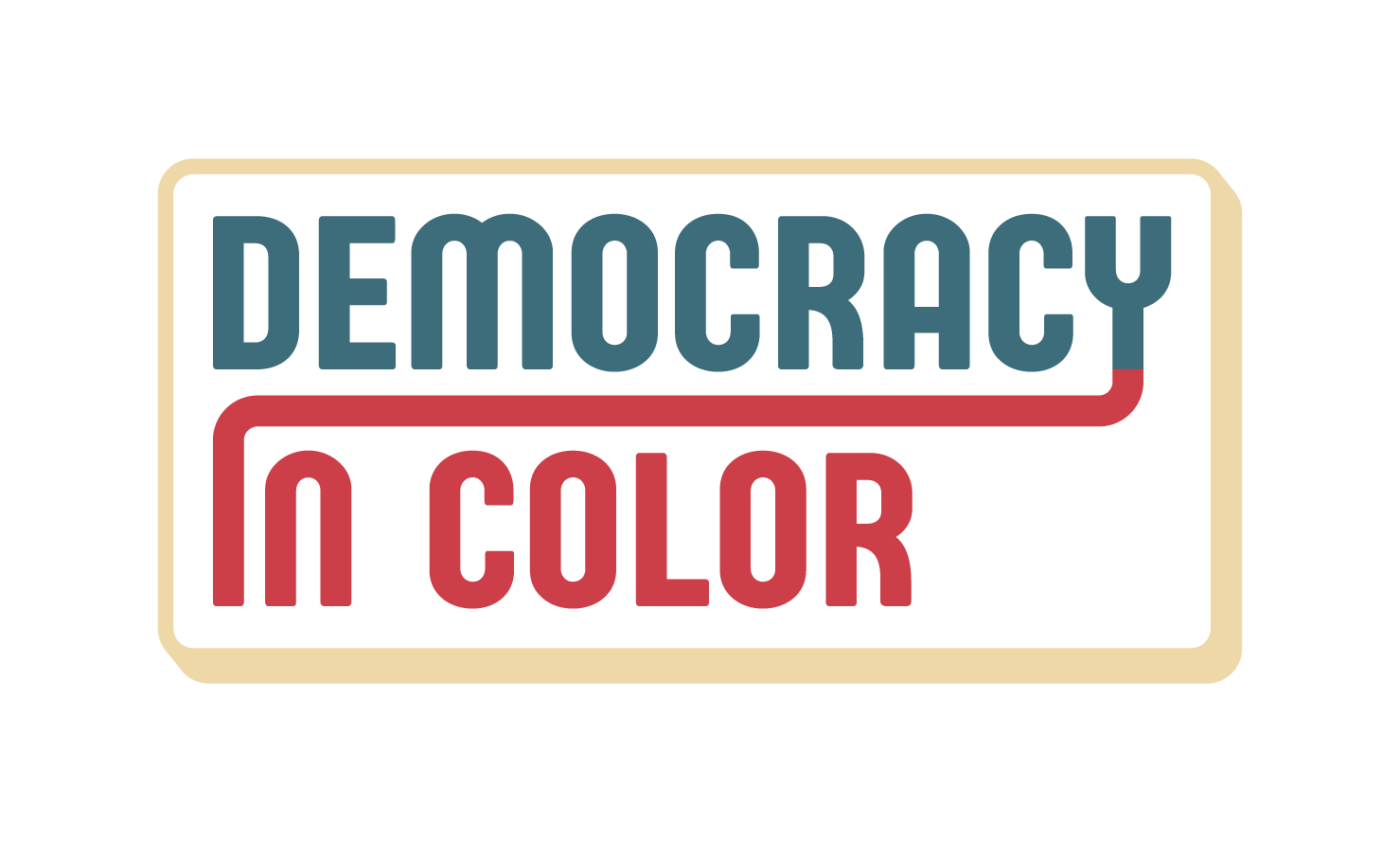Democratic SuperPACs 2020 Report Card: The Good, The Bad, and The Wasteful
EXECUTIVE SUMMARY
Introduction
We can do better than this. With a few notable exceptions, the vast majority of organizations in the Democratic ecosystem are functioning far below the standards of excellence that these perilous times demand. All progressive stakeholders—and especially the people who contribute money to Democratic SuperPACs—should demand a much higher level of adherence to best practices as these organizations and their leaders execute their plans to spend $600 million this cycle working to defeat Donald Trump, win back control of the U.S. Senate, and expand the Democratic majority in the House of Representatives.
Our Sixth Year of Reporting on Democratic Party Performance
For the past six years, I have worked with colleagues to improve the efficiency and effectiveness of the organizations in the Democratic Party and its surrounding ecosystem by conducting analyses and issuing report cards to the public at large and interested stakeholders. In 2014, the Fannie Lou Hamer Report Card analyzed Democratic Party spending and found that White consultants received fully 98% of the $514 million dollars spent by Democratic Party organizations. In 2016, we rated the campaigns of six candidates running for U.S. Senate, and in 2018, we analyzed the spending of the Democratic Governors’ Association, especially in light of the historic opportunities and challenges associated with having three African American Democratic gubernatorial nominees. This year we looked at the spending of Democratic SuperPACs, paying particular attention to those working to defeat Trump and flip control of the Senate.
Main Takeaways—Low Standards of Excellence and Millions Wasted So Far
Our findings range from pleasantly surprising revelations (in a couple of cases) to deeply disappointing and highly troubling ones. The biggest takeaway is that, as a rule, Democratic SuperPACs do not function with high standards of excellence in terms of transparency and rooting decisions in rigorous, data-driven analysis. As a result, tens of millions of dollars have been wasted so far on the 2020 presidential election cycle on unproven and ineffective strategies, imperiling progressive prospects for victory in November.
Fortunately, it is not too late to make course corrections. Smart spending and the intelligent allocation of resources in the final two months of the campaign can absolutely provide the margin of difference in a number of critical races and places. We are all well aware of the enormous stakes in this election. The challenges before us demand peak performance and excellence in execution.
Insist on High Standards and Accountability
All progressive stakeholders—from the ten-dollar donor and volunteer postcard writer to the millionaires and billionaires who care about this country and our planet—should hold the SuperPACs and their leadership accountable for adhering to the highest standards of performance. We offer this report as a resource in that effort.
Methodology
CRITERIA
Organizations were graded on the following criteria:
• Transparency—How much information do they provide to stakeholders about what their plans are, what is the rationale and basis for those plans, and what progress is being made or obstacles encountered?
• Geographic Targeting—Where is the organization targeting its spending, and how do those decisions correlate with what is known about the most promising places for Democrats to make breakthroughs this year?
• Demographic Targeting—Which portions of the population and electorate is the organization targeting, and how likely is that population to be influenced by their efforts and spending? Specifically, we looked at how much of their efforts were focused on persuasion of people not supporting Democrats versus mobilization of Democratic-inclined constituencies.
• Data-Informed Strategy—How much evidence is there that the spending decisions are rooted in a rigorous review and logical interpretation of available data? How many different sources of data are reviewed and incorporated into decision-making? Does the organization go beyond reliance on current polling snapshots to review past election results and Census data to identify electoral trends that could inform spending decisions?
SOURCES OF INFORMATION:
• A survey was sent to each organization asking them to provide whatever information they had explaining their 2020 strategy, spending, and plans.
• A team of data scientists and political experts analyzed the public filings of the organizations, including FEC reports and IRS forms to ascertain how and where funds were being spent.
• A review and analysis were also conducted of public communications by the organization including email updates to supporters, press releases, and information on their websites.
Key Findings
• Little Transparency and Accountability— Our overarching finding is that transparency is the exception, not the rule in Democratic politics. With a few notable exceptions (NextGen Climate, Progressive Turnout Project, and Fair Fight, in particular), most organizations do not clearly spell out what their strategy is, why they are pursuing that strategy, and what progress they are making towards their goals. Stakeholders rarely get reports or updates, and post-election analyses and summations are almost unheard of. It is well-known at this point that transparency yields accountability and feedback loops that can test and improve any organization’s operations. Such basic behavior is sadly sorely lacking in Democratic politics.
As a result of this lack of transparency and accountability, tens of millions of dollars are being wasted on ineffective and unsound strategies, most notably American Bridge’s multi-million dollar effort to change the minds of the most intractable Trump voters. The Senate Majority PAC’s decision to spend more than $10 million in Michigan, where the Democratic incumbent is running strong in all the polls, and Iowa, which multiple data points show is a steep mountain for Democrats to climb, all the while spending $0 in Georgia (through July) which has two winnable Senate seats up this year is confounding.
• Inadequate and Insufficient Use of Data—Despite living in an era of “Big Data” where enormous amounts of information are available to decision-makers, much of SuperPAC spending relies on an overly narrow and shallow amount of data. Contemporary polling results are the coin of the realm, and too many organizations leave it at that. Polling is just a snapshot in time, however, and more robust data sets can show electoral trends. In particular, too few organizations are looking at the margin of difference in statewide elections in 2016 and 2018 and cross-referencing continued demographic changes. That level of analysis would show that Arizona and Georgia, in particular, should receive far more funding than they currently receive.
• Too Pale, Too Male—Nearly half of all Democratic voters are People of Color (46% in 2016), and those numbers have only grown more diverse as more than 7 million teenagers of color have turned 18 since Trump was elected (hundreds of thousands of them in Michigan and Wisconsin, two states decided by just 34,000 votes in 2016). Decades of empirical evidence have shown that voters of color are the most reliably Democratic of all, and logic would dictate that it would behoove Democratic prospects for victory if their leadership had the kind of insight into this core constituency that comes from lived experience. Unfortunately, despite this problem being highlighted repeatedly over the years and protestations that Black Lives Matter and representation matters notwithstanding, the disappointing fact remains that nine of the ten largest SuperPACs are run by Caucasians, and seven of them by White men. While nearly everyone in the Democratic ecosystem would agree that this racial reality is sub-optimal, those who hire and promote people into positions of leadership in these organizations have yet to rectify the problem. And the absence of transparency and accountability described above makes it even more difficult to remedy the situation.
• A Few Bright Spots—It is not all doom and gloom. There are some bright spots and some evidence of progress towards better functioning. NextGen Climate and Fair Fight stand out as exemplars of transparent and data-driven operations. The clarity of their focus and mission, and the correlation of their spending and activities with that clarity is admirable and a solid proof point that excellence is, in fact, achievable. Emily’s List and Progressive Turnout Project were also refreshingly candid and forthcoming with information about their operations and plans.
Nobody likes criticism, but accountability and healthy debate are hallmarks of successful and effective communities. Given the stakes in this election and at this point in history, it is imperative that we all open ourselves to critique and summon one another to our highest and best levels of performance. We can do better. We must do better. The country, indeed the planet, is counting on us.
In Solidarity and Hope,
Steve Phillips,
Founder, Democracy in Color













